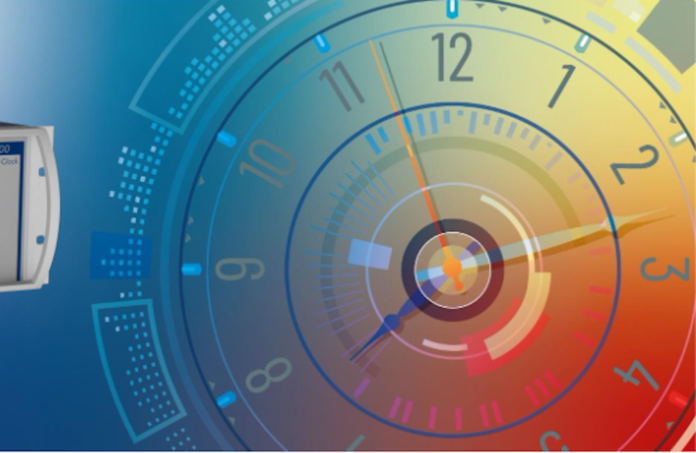Jointly built IP/MPLS for Poland’s nationwide TV network
Nokia has released details of how it worked with clock maker Oscilloquartz to create Poland’s most ever advanced IP transport and synchronisation network for terrestrial broadcaster Emitel. Their team effort, a jointly built IP/MPLS network, will provide the backbone for a national infrastructure for Digital Terrestrial Television (DTT) and multimedia distribution.
The harmonisation of timing is one of the great untold stories of telecoms. Critical infrastructure relies on harmonisation of functions to the billionth of a second. While hardware-based timing networks can deliver accurate and resilient synchronization to the doorstep of their sites, the final step of providing precise timing to applications running on standard servers is currently the Achilles’ heel. Often, simple software clocks are used, but these cannot provide the levels of accuracy and resilience that mission-critical applications need. Oscilloquartz OSA SoftSync builds on the algorithms to provide a robust software clock with unprecedented precision, the vendor claims.
Digital Terrestrial Television (DVB-T2) is the primary TV source for 13 million Polish viewers. The transport network comprises over 500 Nokia IP/MPLS routers across 300 locations. It is orchestrated by 131 advanced Primary Reference Timing Clocks supplied and installed by Switzerland’s Oscilloquartz. These precision timing devices simultaneously synchronise infrastructure and network elements to quadrillionths of a second. As a result this is one of the most advanced IP/MPLS transport networks supporting time synchronization distribution in Europe today.
The strategic decision by the Polish government and regulators to upgrade all broadcast systems to the new DVB-T2 standard called for a dramatic transport network upgrade. It was a bold but necessary move needed if it was to increase capacity, support new applications and ensure very high synchronisation, accuracy and resilience. The upshot is that viewers have consistently excellent sound and video quality.
Few Poles will realise they have Europe’s most exquisitely engineered TV network, which should be a source of national pride. As DVB-T2 broadcasting runs on hyper stringent time synchronisation, the transport network plays a key role in ensuring network time harmony with sub-microsecond accuracy for each DVB-T2 transmitter, protecting against signal interference and spoofing.
Marcin Guzy, Customer Team Head Poland at Nokia, realised the immensity of this achievement. “We are very excited to be a part of a project bringing next-generation TV services to millions of households in Poland,” said Guzy. “This was one of the most technically advanced projects we have deployed. Thanks to the professionalism of the Emitel, Nokia and Oscilloquartz teams, we have proven that even the most complex network infrastructure can be put into operation within one year.”



